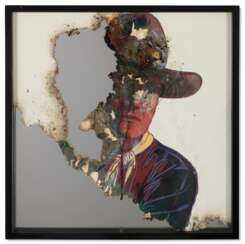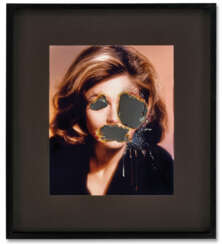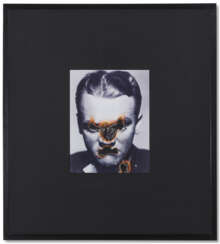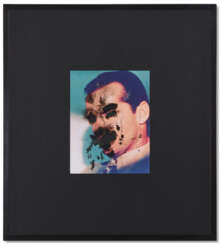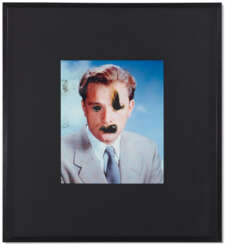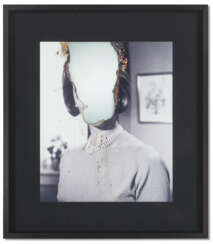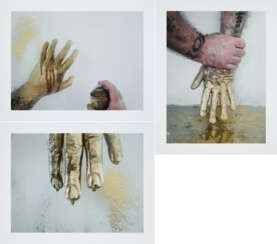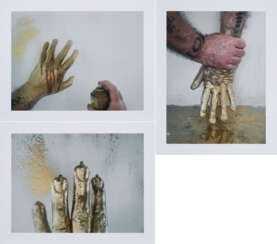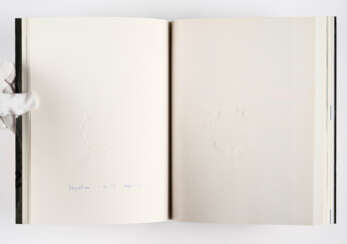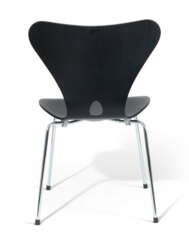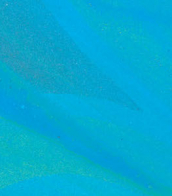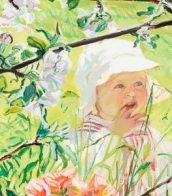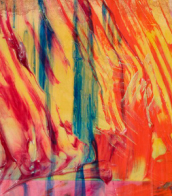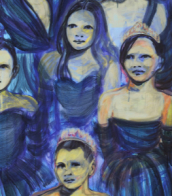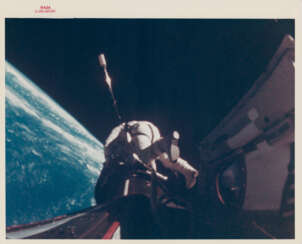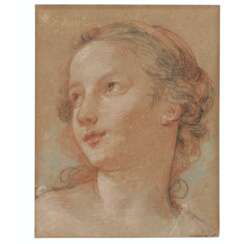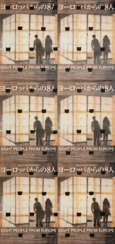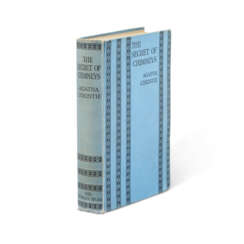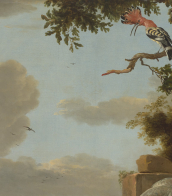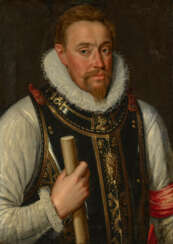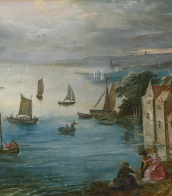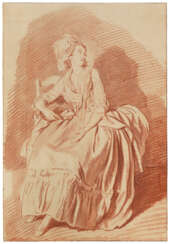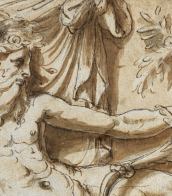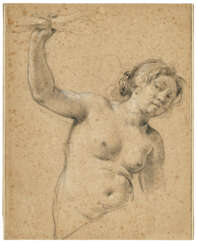douglas gordon
Douglas Gordon is a Scottish artist. He won the Turner Prize in 1996, the Premio 2000 at the 47th Venice Biennale in 1997 and the Hugo Boss Prize in 1998. He lives and works in Berlin, Germany.
Much of Gordon's work is seen as being about memory and uses repetition in various forms. He uses material from the public realm and also creates performance-based videos. His work often overturns traditional uses of video by playing with time elements and employing multiple monitors.
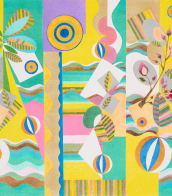
Douglas Gordon is a Scottish artist. He won the Turner Prize in 1996, the Premio 2000 at the 47th Venice Biennale in 1997 and the Hugo Boss Prize in 1998. He lives and works in Berlin, Germany.
Much of Gordon's work is seen as being about memory and uses repetition in various forms. He uses material from the public realm and also creates performance-based videos. His work often overturns traditional uses of video by playing with time elements and employing multiple monitors.
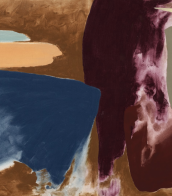
Douglas Gordon is a Scottish artist. He won the Turner Prize in 1996, the Premio 2000 at the 47th Venice Biennale in 1997 and the Hugo Boss Prize in 1998. He lives and works in Berlin, Germany.
Much of Gordon's work is seen as being about memory and uses repetition in various forms. He uses material from the public realm and also creates performance-based videos. His work often overturns traditional uses of video by playing with time elements and employing multiple monitors.
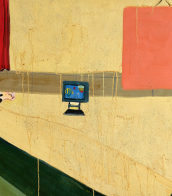
Douglas Gordon is a Scottish artist. He won the Turner Prize in 1996, the Premio 2000 at the 47th Venice Biennale in 1997 and the Hugo Boss Prize in 1998. He lives and works in Berlin, Germany.
Much of Gordon's work is seen as being about memory and uses repetition in various forms. He uses material from the public realm and also creates performance-based videos. His work often overturns traditional uses of video by playing with time elements and employing multiple monitors.
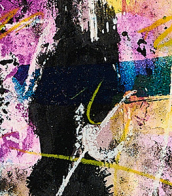
Douglas Gordon is a Scottish artist. He won the Turner Prize in 1996, the Premio 2000 at the 47th Venice Biennale in 1997 and the Hugo Boss Prize in 1998. He lives and works in Berlin, Germany.
Much of Gordon's work is seen as being about memory and uses repetition in various forms. He uses material from the public realm and also creates performance-based videos. His work often overturns traditional uses of video by playing with time elements and employing multiple monitors.
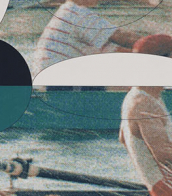
Douglas Gordon is a Scottish artist. He won the Turner Prize in 1996, the Premio 2000 at the 47th Venice Biennale in 1997 and the Hugo Boss Prize in 1998. He lives and works in Berlin, Germany.
Much of Gordon's work is seen as being about memory and uses repetition in various forms. He uses material from the public realm and also creates performance-based videos. His work often overturns traditional uses of video by playing with time elements and employing multiple monitors.

Douglas Gordon is a Scottish artist. He won the Turner Prize in 1996, the Premio 2000 at the 47th Venice Biennale in 1997 and the Hugo Boss Prize in 1998. He lives and works in Berlin, Germany.
Much of Gordon's work is seen as being about memory and uses repetition in various forms. He uses material from the public realm and also creates performance-based videos. His work often overturns traditional uses of video by playing with time elements and employing multiple monitors.

Douglas Gordon is a Scottish artist. He won the Turner Prize in 1996, the Premio 2000 at the 47th Venice Biennale in 1997 and the Hugo Boss Prize in 1998. He lives and works in Berlin, Germany.
Much of Gordon's work is seen as being about memory and uses repetition in various forms. He uses material from the public realm and also creates performance-based videos. His work often overturns traditional uses of video by playing with time elements and employing multiple monitors.
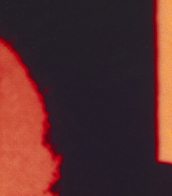
Douglas Gordon is a Scottish artist. He won the Turner Prize in 1996, the Premio 2000 at the 47th Venice Biennale in 1997 and the Hugo Boss Prize in 1998. He lives and works in Berlin, Germany.
Much of Gordon's work is seen as being about memory and uses repetition in various forms. He uses material from the public realm and also creates performance-based videos. His work often overturns traditional uses of video by playing with time elements and employing multiple monitors.

Douglas Gordon is a Scottish artist. He won the Turner Prize in 1996, the Premio 2000 at the 47th Venice Biennale in 1997 and the Hugo Boss Prize in 1998. He lives and works in Berlin, Germany.
Much of Gordon's work is seen as being about memory and uses repetition in various forms. He uses material from the public realm and also creates performance-based videos. His work often overturns traditional uses of video by playing with time elements and employing multiple monitors.

Douglas Gordon is a Scottish artist. He won the Turner Prize in 1996, the Premio 2000 at the 47th Venice Biennale in 1997 and the Hugo Boss Prize in 1998. He lives and works in Berlin, Germany.
Much of Gordon's work is seen as being about memory and uses repetition in various forms. He uses material from the public realm and also creates performance-based videos. His work often overturns traditional uses of video by playing with time elements and employing multiple monitors.
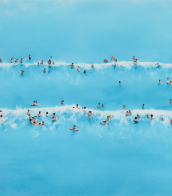
Douglas Gordon is a Scottish artist. He won the Turner Prize in 1996, the Premio 2000 at the 47th Venice Biennale in 1997 and the Hugo Boss Prize in 1998. He lives and works in Berlin, Germany.
Much of Gordon's work is seen as being about memory and uses repetition in various forms. He uses material from the public realm and also creates performance-based videos. His work often overturns traditional uses of video by playing with time elements and employing multiple monitors.

Douglas Gordon is a Scottish artist. He won the Turner Prize in 1996, the Premio 2000 at the 47th Venice Biennale in 1997 and the Hugo Boss Prize in 1998. He lives and works in Berlin, Germany.
Much of Gordon's work is seen as being about memory and uses repetition in various forms. He uses material from the public realm and also creates performance-based videos. His work often overturns traditional uses of video by playing with time elements and employing multiple monitors.

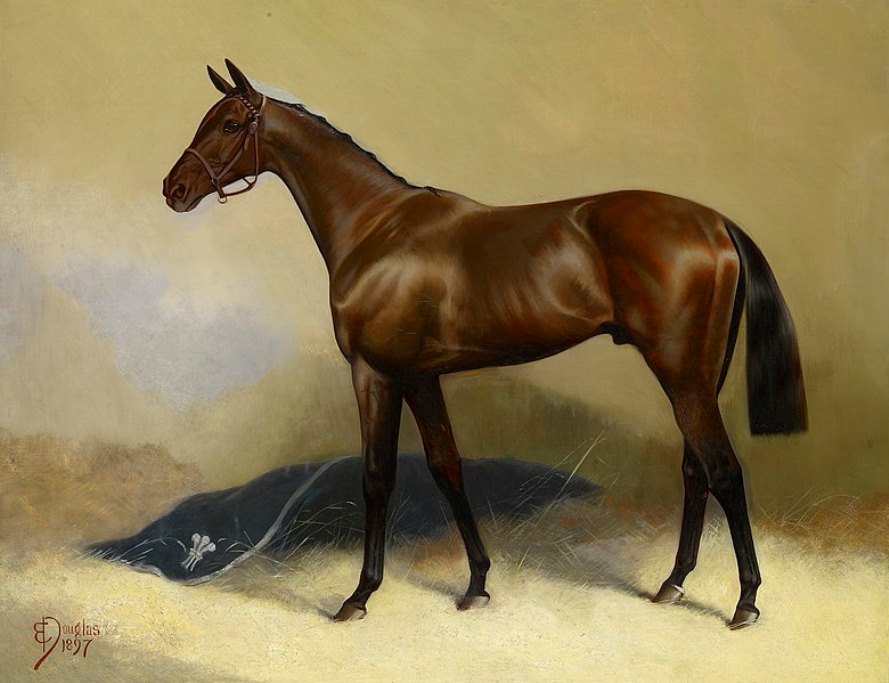
Edwin James Douglas was a British animal painter.
Edwin was the son of the famous portrait painter James Douglas, studied at the Royal Scottish Academy schools and exhibited his first works at the Royal Scottish Academy at the age of only 17. Edwin Douglas painted hunting scenes, dogs and horses, which attracted many famous patrons, including Sir Charles Tennant and Queen Victoria. She even purchased a painting of setters as a birthday present for King Edward VII.
Douglas was a very successful artist whose animal paintings, like those of his predecessor Landseer, resonated with Victorian collectors. He was best at dogs and horses, but he also painted portraits and genre pictures. Between 1869 and 1900 he exhibited at the Royal Academy, forty-one works in all, at the Royal Scottish Academy and other venues in London and the provinces. In addition to painting, Douglas had a passion for cattle breeding and was elected an honorary life member of the Jersey Cattle Society of England.
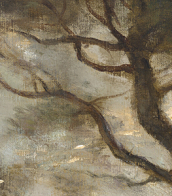

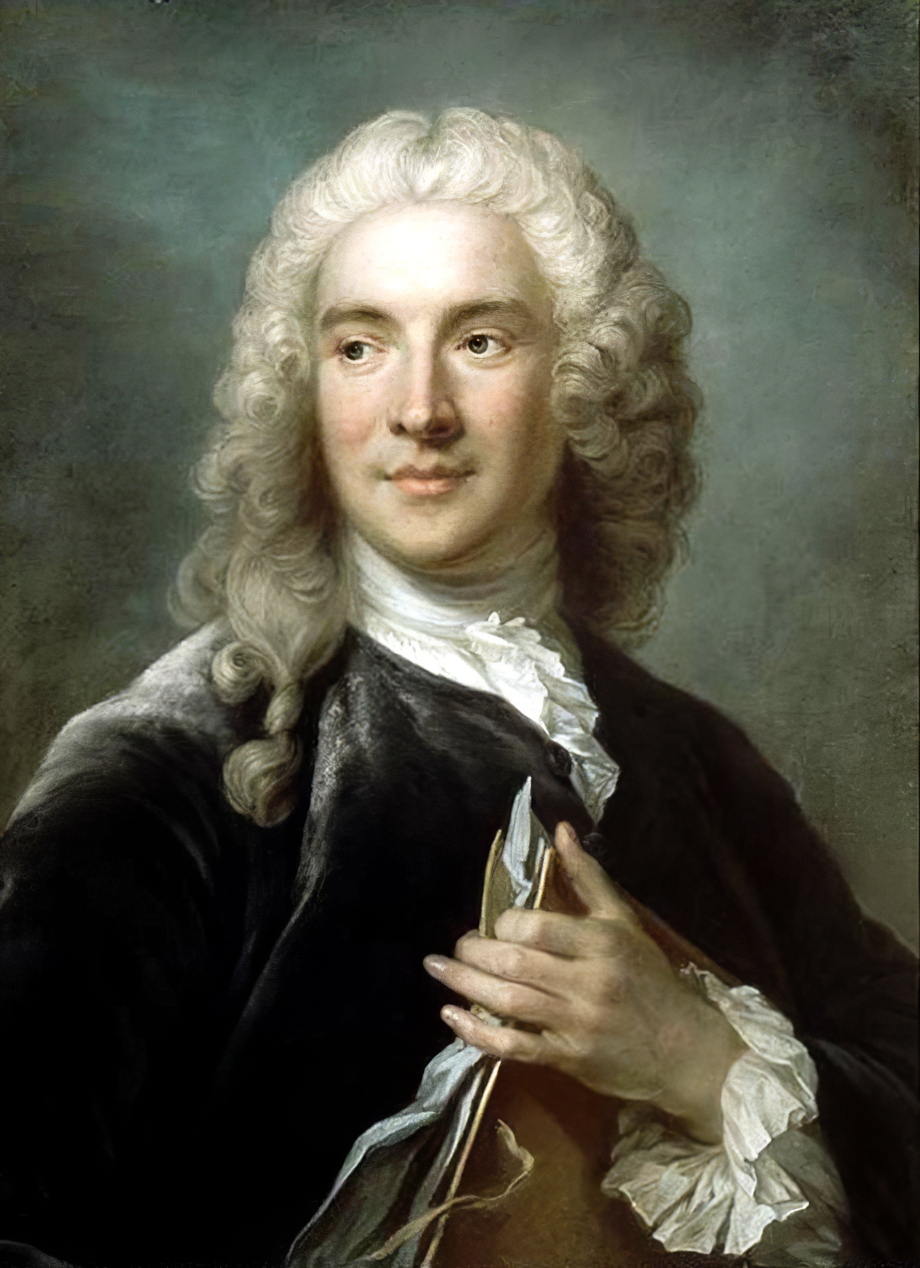
Charles-Joseph Natoire was a prominent Rococo painter, known for his significant contributions to French art during his lifetime. Trained under François Lemoyne, Natoire excelled in various artistic endeavors, earning royal commissions and contributing to significant artistic projects in Versailles and Fontainebleau. His works included tapestry cartoons for the Manufacture de Beauvais and Gobelins, and he was known for his series on the History of Psyche and Don Quixote.
In 1751, Charles-Joseph Natoire became the director of the French Academy in Rome, a role he held until 1775. During this period, he mentored notable students like Hubert Robert and Jean-Honoré Fragonard. Although his active painting career dwindled during his directorship, his influence on the students and the artistic community was significant.
Charles-Joseph Natoire's works can be found in various prestigious institutions, including The Metropolitan Museum of Art and The Louvre. His painting "The Rebuke of Adam and Eve" is one such piece that showcases his mastery and attention to detail.
For collectors and experts in art and antiques, Charles-Joseph Natoire's works offer a glimpse into the Rococo style's elegance and the rich artistic heritage of 18th-century France. His contributions to tapestry and painting continue to be celebrated and studied for their historical and artistic value.
To stay updated on news and events related to Charles-Joseph Natoire and his works, consider subscribing for updates. This subscription will keep you informed about new product sales and auction events featuring Natoire's art, ensuring you don't miss out on opportunities to engage with the legacy of this influential painter.
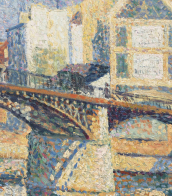


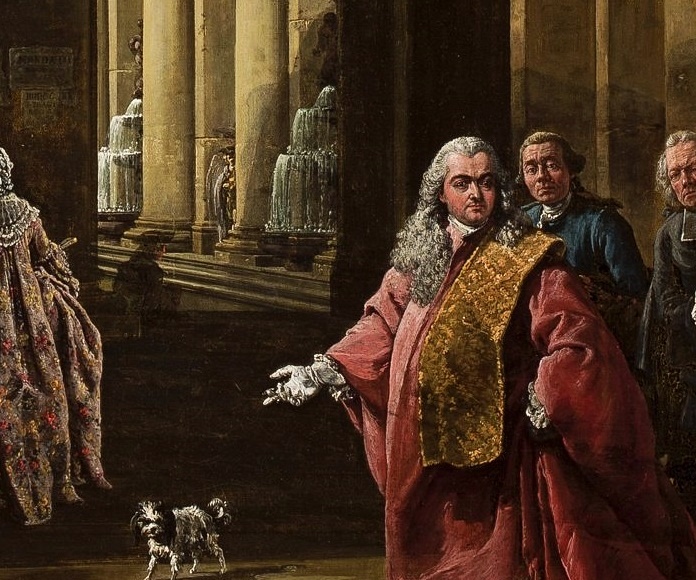
Bernardo Bellotto was an Italian painter, celebrated for his urban landscapes and detailed vedute, particularly of European cities like Dresden, Vienna, and Warsaw. He was born in Venice in 1722 and exhibited prodigious talent from a young age. Under the tutelage of his uncle, the renowned Canaletto, Bellotto honed his skills in capturing the essence of cityscapes with a unique style characterized by a cooler palette and a distinct use of impasto, especially in depicting skies and horizon lines.
In 1747, Bernardo Bellotto's career took him to Dresden, where he served as Court Painter to Augustus III of Poland and Elector of Saxony. His stay in Dresden was marked by the creation of panoramic views, highlighting his knack for architectural detail and the interplay of light and shadow. Following his tenure in Dresden, Bellotto spent the last 16 years of his life in Warsaw, where his works played a significant role in the city's post-World War II reconstruction.
Bernardo Bellotto's works are lauded for their precision and the manner in which they blend his Venetian roots with influences from Dutch landscape painting. His later works in Warsaw, characterized by their vibrant color palette and historical themes, underscore his evolution as an artist. Today, Bellotto's paintings are celebrated for their historical value and artistic merit, housed in prestigious collections in cities like Dresden and Warsaw.
For those interested in exploring the fascinating world of Bellotto's art and its impact on European cultural heritage, signing up for updates on new product sales and auction events related to Bernardo Bellotto is an excellent way to stay informed.

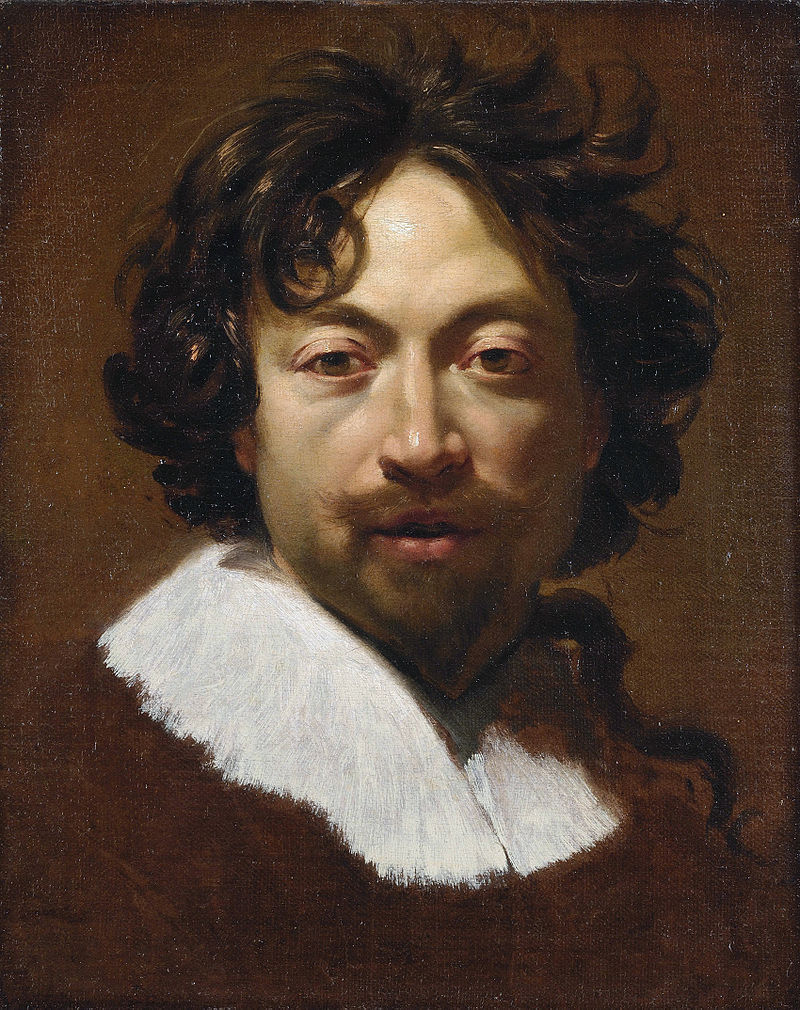
Simon Vouet was a French painter who studied and rose to prominence in Italy before being summoned by Louis XIII to serve as Premier peintre du Roi in France. He and his studio of artists created religious and mythological paintings, portraits, frescoes, tapestries, and massive decorative schemes for the king and for wealthy patrons, including Richelieu. During this time, "Vouet was indisputably the leading artist in Paris," and was immensely influential in introducing the Italian Baroque style of painting to France. He was also "without doubt one of the outstanding seventeenth-century draughtsmen, equal to Annibale Carracci and Lanfranco."



